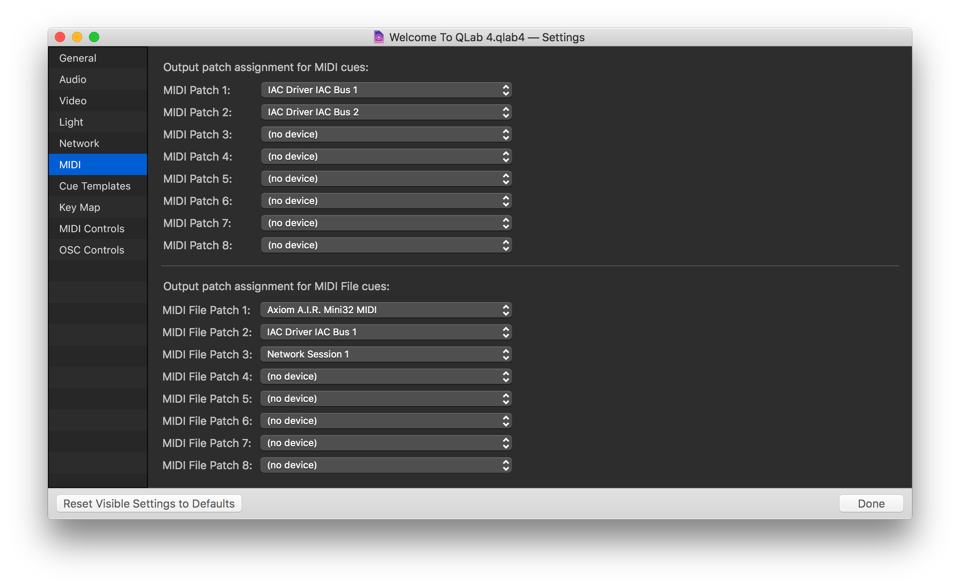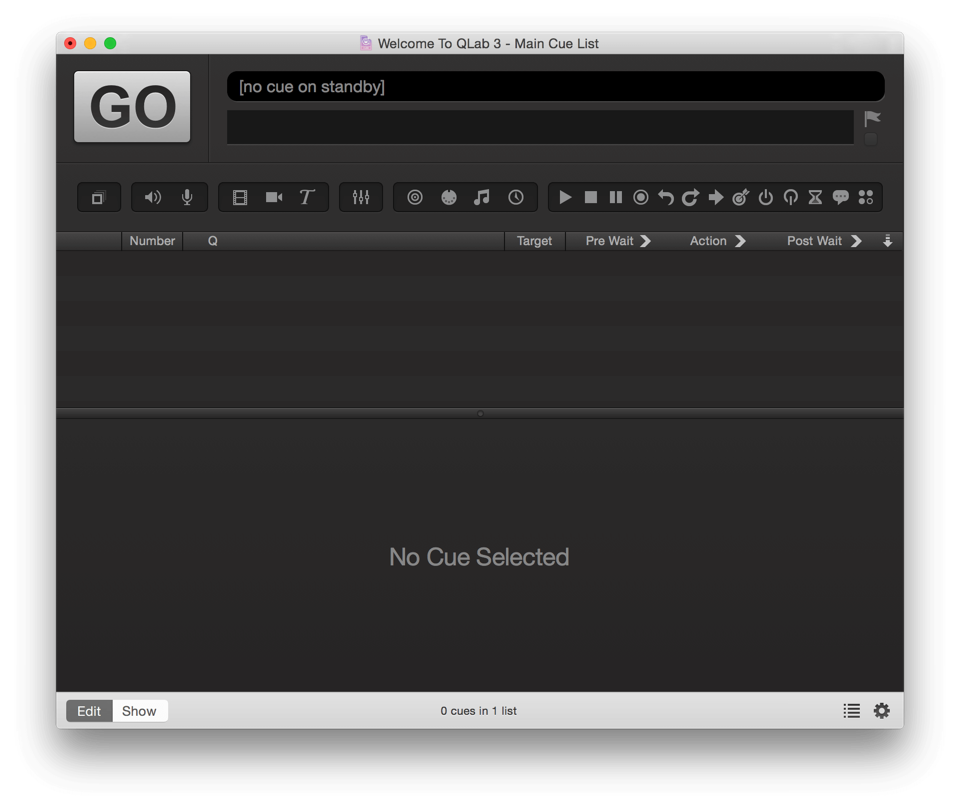

Trying this trick with QLab 2 or QLab 3.0.x would not have gone well. This is in contrast to how QLab 2 and earlier versions of QLab 3 worked. QLab will remember the relative locations of files within the folder that contains the workspace. It’s important to remember that only media that’s targeted by a cue in the workspace will be copied.īut here’s the thing: If you keep your workspace in a folder, and you also keep all the media for your workspace within that folder, or in sub-folders within that folder, then you do not need to bundle a workspace to move it. When bundling, QLab will also generate lists of the AudioUnits used in the workspace, if there are any, and the fonts used in Titles cues. You can then move things anywhere you like. After that happens, QLab is able to keep track of the relative locations of all the files. If you want to do that for any reason, be sure to open it and then save it at least once first, which will permit QLab to correctly identify the associated media files. Once you’ve copied the bundle to the new Mac, don’t move the workspace file out of the folder. In this thermodynamics package the heat capacity is a simple power of temperature: Cp (T) c0 (T/Tref)n0 which is particularly suitable for solids.

Power-function based thermodynamics package templated on EquationOfState.
• Once QLab is done bundling, you can copy the ensuing bundle to the other Mac, via a network, a flash drive, or a hard drive. class Foam::hPowerThermo< EquationOfState >.This location could be, for example, on your Desktop.

This will start the process of making a copy of your workspace and all targeted media files to a new folder. With your workspace open, choose Bundle Workspace… from the File menu.


 0 kommentar(er)
0 kommentar(er)
